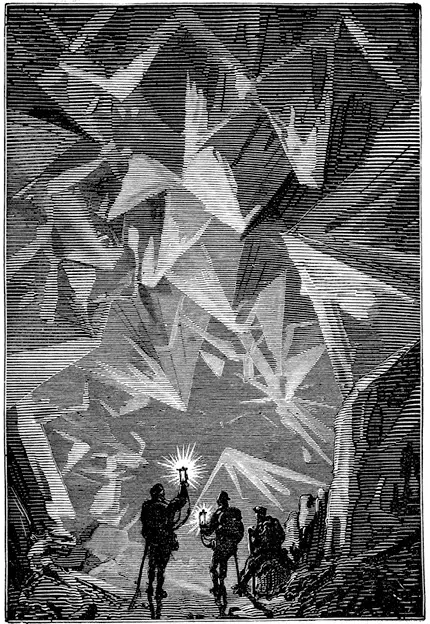Jules Verne, a French author active in the 19th century, stands as a seminal figure in the evolution of science fiction. His literary career, which began in the 1850s, was marked by a keen interest in the science and technology of his era, particularly in geography and exploration. Inspired by the groundbreaking work of geologists like Charles Lyell, Verne’s narratives often ventured into Earth’s subsurface, exploring its geologic history and the concept of a planet shaped by vast cycles of change.
Verne’s stories captured the imagination of his audience by intertwining elements of then-emerging scientific theories, such as the Earth’s deep geological past and the possibility of ancient, prehistoric life forms existing beneath the surface. This blend of factual science with creative storytelling was a hallmark of Verne’s work, making his fiction both educational and captivating.
The legacy of Verne’s approach to science fiction continues to influence the genre. Modern science fiction often incorporates current scientific and technological advancements, delving into topics like archaeology, genetics, deep-sea exploration, aviation, robotics, and space travel. These stories resonate with readers and viewers by merging real scientific principles with imaginative speculation, demonstrating the enduring power of science fiction to educate, entertain, and inspire curiosity about the natural world.

